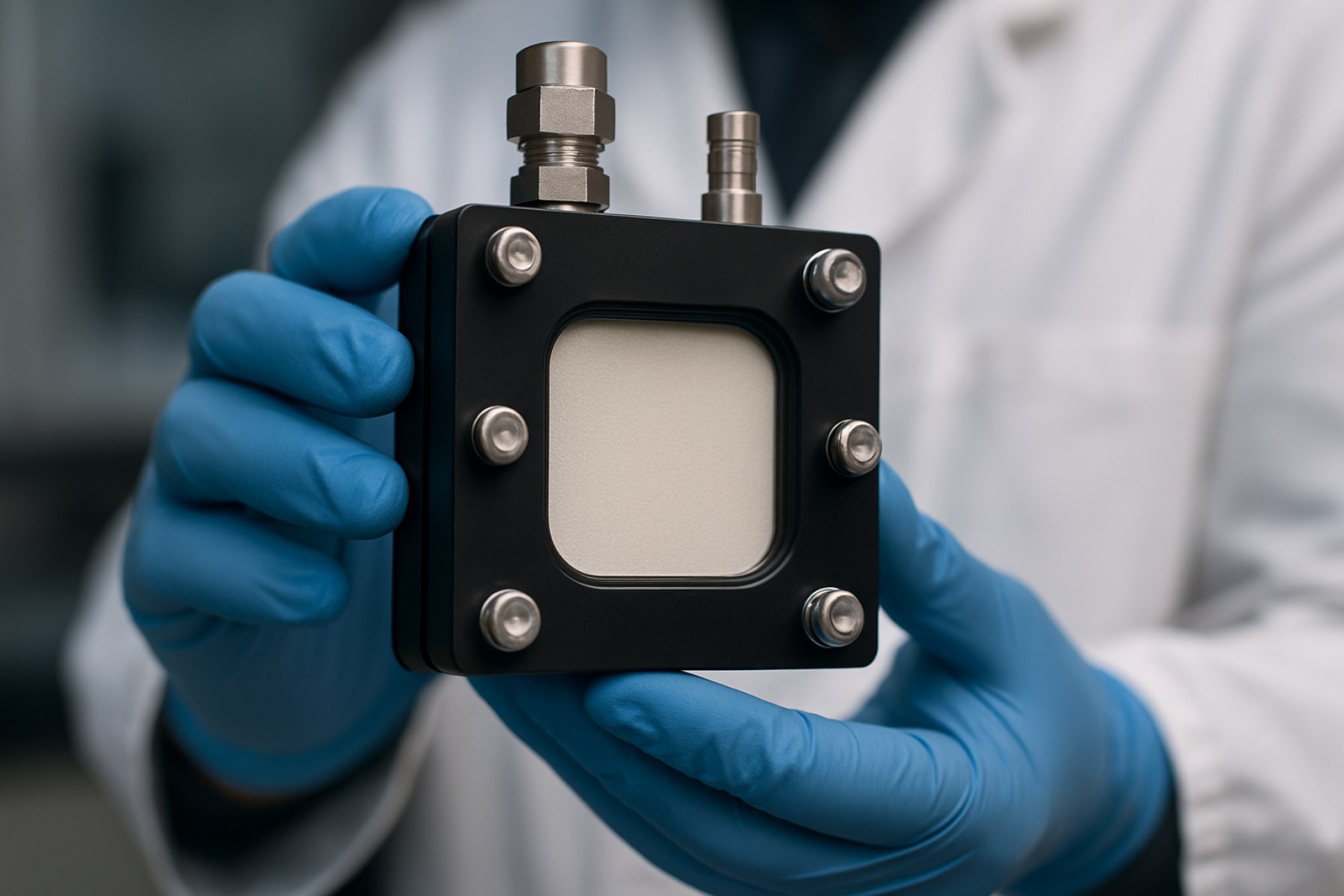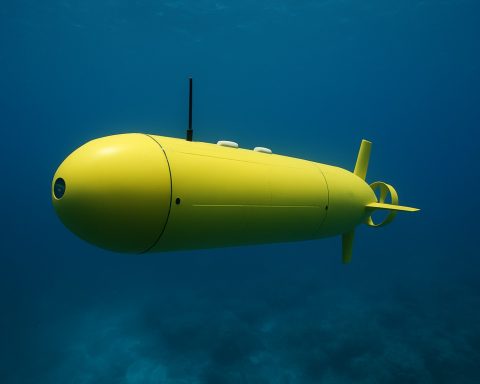This Ultra-Thin Hydrogen Fuel Cell Membrane Promises to Shatter Cost Barriers and Accelerate Clean Energy in 2025
Norwegian researchers unveil a 0.0004-inch hydrogen fuel cell membrane—cutting costs 20% and platinum use 62% for a greener, affordable future.
- 33% thinner membrane slashes material use
- 20% drop in membrane production costs
- 62.5% reduction in platinum use
- 33% less PFAS improves environmental safety
Norwegian innovation is poised to disrupt the global energy landscape. A team of scientists at SINTEF has released an astonishing new hydrogen fuel cell membrane that is thinner, more efficient, and dramatically cheaper to produce. This tiny yet powerful membrane is just 0.0004 inches thick—a 33% size reduction that doesn’t just match, but beats, existing efficiency standards.
The ripple effect? Hydrogen fuel cells could become suddenly affordable—catapulting clean transportation forward and slashing the energy sector’s environmental toll. With the world hungry for sustainable energy, this breakthrough is a beacon on the horizon.
Q: What Makes This New Membrane a Game Changer?
Traditional fuel cell membranes are pricey and resource-hungry. By targeting the “interfacial resistance” instead of the bulk, these Norwegian researchers delivered a ground-breaking membrane that dramatically reduces platinum and PFAS use without compromising power or efficiency. The catalyst and membrane—once bottlenecks for cost and sustainability—have been transformed with meticulous engineering.
The U.S. Department of Energy has flagged platinum scarcity as a top concern in hydrogen technologies. This innovation’s 62.5% cut in platinum usage not only slashes expenses, it tackles global supply chain pressures and environmental impact.
Q: How Will This Impact Transportation and Heavy Industry?
Hydrogen fuel cells remain the holy grail for long-haul, shipping, and even aviation—areas where batteries currently fall short. Making membranes cheaper and cleaner could supercharge adoption in trucks, trains, ships, and potentially aircraft. This is a huge step toward cutting greenhouse gas emissions at scale.
Countries like Japan have been pushing ambitious hydrogen strategies; innovations like this could help them—and others—achieve zero-emission ambitions faster. Already, global auto giants and maritime leaders are eyeing profound upgrades as a result of this membrane.
How Do Hydrogen Fuel Cells Work—and Why Does Thickness Matter?
Fuel cells generate electricity by combining hydrogen and oxygen—emitting only water vapor. Membranes separate these gases and drive the chemical reaction. The thinner the membrane, the less material needed—but only if performance isn’t sacrificed.
With this development, not only is the membrane thinner, it’s more efficient—thanks to focus on interfacial rather than bulk resistance. That’s innovation at its best: less material, less cost, equal or better performance.
How Can Industry and Governments Fast-Track Adoption?
Success now hinges on scalability and integration. Governments and corporations must align incentives and supply chains to adopt these advanced membranes rapidly. Watch for collaborations across Europe, Asia, and America—where policies on hydrogen infrastructure grow ever stronger.
For consumers, this could mean more hydrogen-powered buses, trains, ships, and possibly even planes on the horizon.
Major organizations such as IEA and U.S. Hydrogen Program continue to spotlight clean hydrogen as a priority—now with one less roadblock.
What’s Next for Clean Energy?
Breakthroughs like this inspire hope that the transition to sustainable energy isn’t just possible—it’s inevitable. As cost and material barriers fall, clean hydrogen moves from futuristic vision to present-day solution.
Ready for a cleaner tomorrow? Take action today:
- Track progress at leading energy research centers like SINTEF.
- Push policymakers for hydrogen adoption and infrastructure investment.
- Support businesses pioneering green transportation alternatives.
- Stay informed via trusted sites like Scientific American and Energy.gov.
2025 Clean Energy Checklist:
- 🔲 Watch for fuel cell cost drops in auto, shipping, and public transport
- 🔲 Demand transparency on platinum and PFAS use in new energy tech
- 🔲 Support brands advancing hydrogen innovation
- 🔲 Follow legislative efforts for green infrastructure funding









